I created this virtual gallery and grouped my images together in the same area depending on the theme of the image.
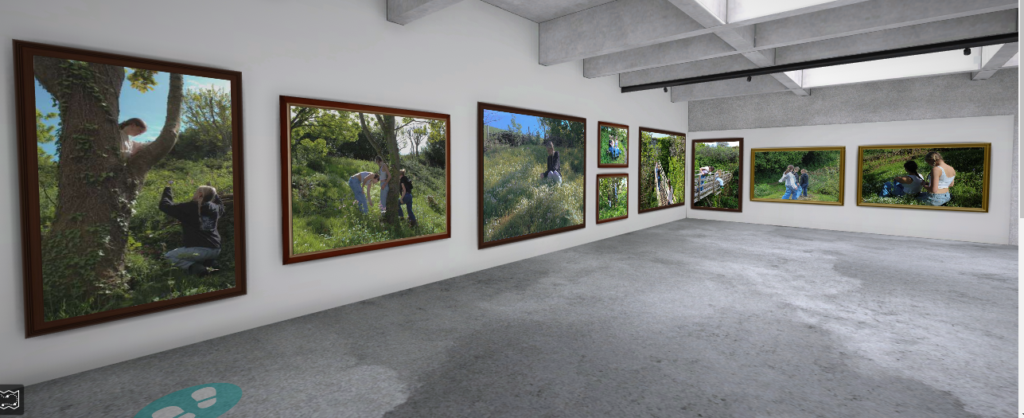



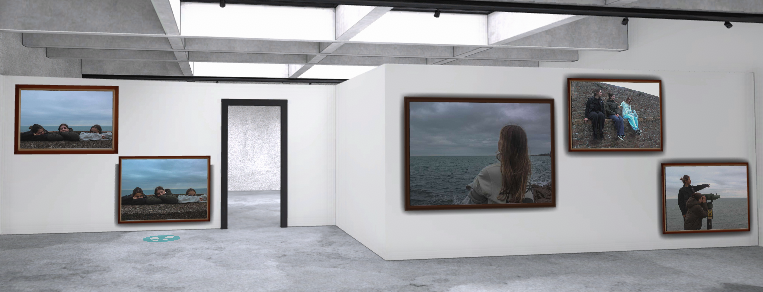
I created this virtual gallery and grouped my images together in the same area depending on the theme of the image.










I added a title to my book on the front cover and put my name on the back, I did this using the text tool.
Essay question:
How has filmmaker, Turner brothers and Coodie Simmons constructed a narrative in their work/ film?
My Topic Area of study is documentary film making . This topic is important to be as my whole life I have been involved in sports, mainly athletics and I believe the struggles and obstacles often needed to overcome are not spoken about enough. For my creative inspiration i chose the turner brothers due to the fact they made the documentary ‘I am bolt’ which is a similar theme, I have also chose Coodie Simmons who made ‘Jeen – yuhs’ a documentary about Kanye wests life, I chose this due to the style of his work and his use of archival footage paired with present day to express emotion and tension. I will be comparing and contrasting the two film products and there construction of a narrative to build a relation to the subject and the viewer but also build a story that leaves a lasting thought.
The history of documentary in film and photography spans over a century and has had a profound impact on the way we perceive and understand the world around us. It all began with the advent of cameras in the late 1800s, which allowed for the capture of real-life events and the telling of stories through visual imagery. In the early years, documentary photography emerged as a powerful tool for documenting reality and shedding light on social issues. Renowned photographers such as Lewis Hine and Dorothea Lange used their cameras to expose the harsh realities of poverty, child labour, and inequality, giving a voice to the voiceless and driving social change. As technology advanced, documentary filmmaking took center stage. These films aimed to capture the authenticity of real-life experiences, providing audiences with a window into different cultures and perspectives. Realism in art aims to depict subjects as they truly are, without any embellishments or exaggerations. Its focus is on capturing the authenticity and unfiltered essence of everyday life.
Coodie Simmons, a renowned filmmaker and music video director, masterfully crafts a narrative in his “Jeen YUHS: A Kanye Trilogy” by employing various techniques and storytelling devices. Through his meticulous direction, Simmons weaves together three distinct documentaries that shed light on different facets of Kanye West’s life and career.
In the first instalment, “Through the Wire,” Simmons employs a chronological approach to showcase Kanye’s journey from his early years to his meteoric rise in the music industry. This narrative structure allows viewers to grasp the progression of events and understand the challenges Kanye faced along the way. By utilizing interviews, archival footage, and behind-the-scenes glimpses, Simmons creates an immersive experience that captures the essence of Kanye’s creative process and the impact of his ground breaking debut album, “The College Dropout.”
Moving on to the second part, “Jesus Walks,” Simmons delves into the spiritual dimension of Kanye West’s artistry. Here, he employs a thematic narrative approach, exploring the influence of religion on Kanye’s music and personal life. Through in-depth interviews with Kanye and those close to him, Simmons delves into the controversies surrounding Kanye’s album “Yeezus” and examines the profound impact of his Sunday Service events. By intertwining these elements, Simmons constructs a narrative that highlights the transformative power of spirituality in Kanye’s artistic expression.
Lastly, in the third instalment, “Fade,” Simmons shifts his focus to Kanye’s evolution as an artist and his ventures beyond music. Employing a hybrid narrative structure, Simmons combines elements of a character study and a behind-the-scenes documentary. He delves into Kanye’s foray into the fashion industry, particularly his Yeezy brand, and examines his impact on the fashion landscape. By showcasing Kanye’s creative process, collaborations, and the challenges he faces in this realm, Simmons constructs a narrative that reveals the multi-faceted nature of Kanye West as an artist and entrepreneur.
Throughout the trilogy, Simmons employs technical terms such as editing techniques, cinematography, and narrative structure to enhance the storytelling experience. For instance, he utilizes cross-cutting to juxtapose different moments in Kanye’s life, creating a sense of contrast and highlighting the evolution of his artistry.
In I am bolt to create narrative in the documentary, the directors employs various techniques. One of the key methods is through interviews. By interviewing the athletes, coaches, and families, the director can gather first hand accounts and personal stories. These interviews provide insights into the sacrifices and dedication required to excel in sports at a young age. They allow the audience to connect with the athletes on a deeper level, understanding their motivations, fears, and aspirations.

In addition to interviews, the director utilizes behind-the-scenes footage. This footage offers a glimpse into the training sessions, competitions, and daily lives of the teenage athletes. By showcasing the athletes’ routines, struggles, and triumphs, the director brings authenticity and realism to the documentary. The audience gets to witness the hard work and determination that goes into pursuing a career in sports at such a young age.
To enhance the sense of realism, the director pays attention to small details. They capture the athletes’ expressions, body language, and interactions with others. These subtle nuances help convey the emotions and challenges faced by the teenage athletes. Close-up shots are used to highlight the intensity and focus in their eyes, while natural lighting adds a sense of authenticity to the scenes. Realistic settings, such as training facilities and competition venues, further immerse the audience in the world of the athletes.
By exploring the social issues surrounding teenage athletes, the director adds depth to the narrative. They shed light on the pressures faced by young athletes, including balancing academics, social lives, and rigorous training schedules. The documentary also delves into the impact on families, showcasing the sacrifices made by parents and siblings to support the athletes’ dreams. Through these stories, the director humanizes the athletes, reminding the audience that they are not just sports icons, but individuals with dreams, struggles, and aspirations.
Overall, both documentaries showcase the power of narrative storytelling to offer nuanced insights into the lives and careers of their subjects. Through meticulous storytelling and technical expertise, Simmons and the director of “I am Bolt” engage audiences and provide a deeper understanding of the complexities of talent, ambition, and perseverance.
Romanticism/Sublime:
Rut Blees Luxemburg’s work has a close relationship to the sublime and romanticism, with her aesthetic and aim being towards this genre and style behind the context of the images.
The sublime is a view on the world in which there is an appreciation for beauty and imagination within nature especially, and falls under the category of romanticism. Another view on it is a heightened awareness in the world. It was Edmund Burk who was a key ingredient in the movement of the subject of the sublime, as he wrote a philosophical book into the ideas of beauty and “the sublime”. His ideas and world view was very emotional and he believed in a lot of thinking from the heart as people would say, as there was not much logic involved, “For Burke, it is the passions (as represented in our imagination), not reason, which determines how and what we see, hear and feel in the world”.

A lot of this idea of the Sublime goes towards the senses on the body and mind, and how Burke believed that the feelings of terror and sadness (negative emotions) are much greater than the ones that will be pleasurable, and in that case these negative emotions are more recognised in a way where you learn and strive from. But he continues to talk about through living a life of happiness, isn’t possible without the possibility in it ending in terror.

Rut Blees Luxemburg Link to the sublime:

Susanne Kippenberger talks about Blees’ work by saying, “Rut Blees Luxemburg finds beauty in the most mundane corners of the urban landscape”. which has a close relationship to the idea of the sublime and finding beauty in areas which seem unsalvageable, and places which you would never look at in the way you might when looking at her images.
Other sources say in an interview that Blees doesn’t use editing software, rather just a sheet of paper with her prints on and a window with light, which shows how less artificial her work is, without the need of software she can create truly amazing pictures by also using exposures of up to 10 minutes. Where she claims she stumbles across these areas rather than looking for them, and works on one area for an image for hours, until she is happy with the results.
My View/Analysis:

I like Blees’ work because of her simplicity with the way she chooses what to image, and how the simplest and most unpleasant areas can become eye catching images through her skills. Furthermore, I like the use of shapes along with lines in her images and how depth is very visible within her images, for example in this image is is simple with a lot of lines and clear subject in the middle of the composition, whilst the background is of a landscape skyline. But also images like this:

which have a lot more shapes but specific subjects to think about within the subject, like the chair and table within the main subject of the container. The images she creates, show a sense of mystery and confusion, which is appealing non the less, but also the lighting used is very aggressive and reflective because of the wetness on the floor, which creates more of a contrasted image between light and dark. In my opinion Blees’ work is a lot harder than most photographers because although having a large city to be able to image, she makes it harder by taking these images during the night, as there is less light, and less things happening during the night, which you might not be used to in comparison to the day. Not only that but her use of up to 10 minute exposures show commitment to her images, as she spends a lot of time capturing only a phew images she chooses from at the end of her photoshoots.
Photoshoot 1 selected and edited images:

Photoshoot 2 selected and edited images:
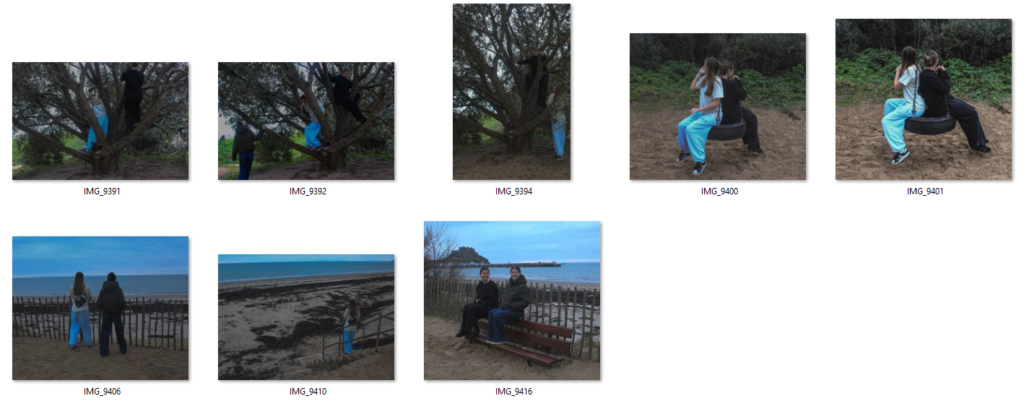
Photoshoot 3 selected and edited images:

Photoshoot 4 selected and edited images:




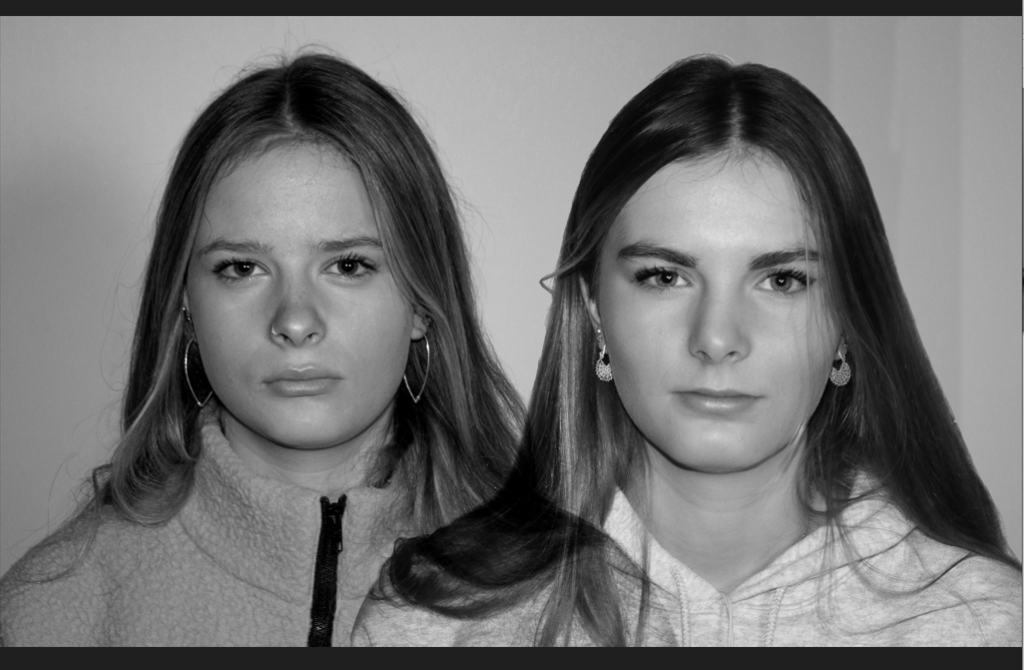



On photoshop I overlaid two separate images on photoshop and played with the opacity so both of out faces appeared visible. I did this with a few of my images until I was happy with the results.

With this image I overlapped my sisters face onto mine to create us as ‘One individual’.
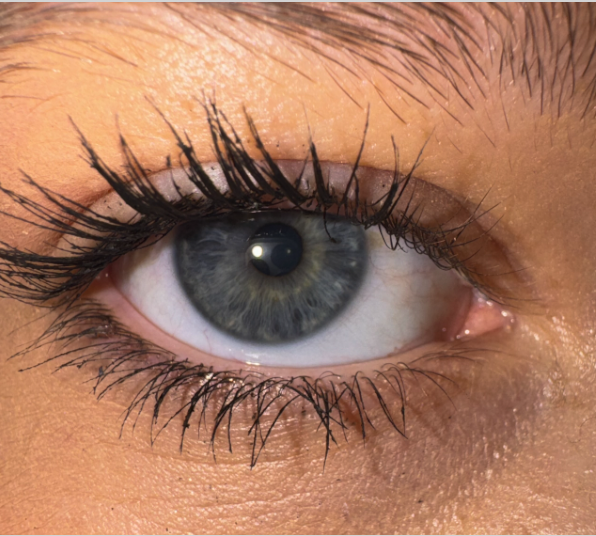
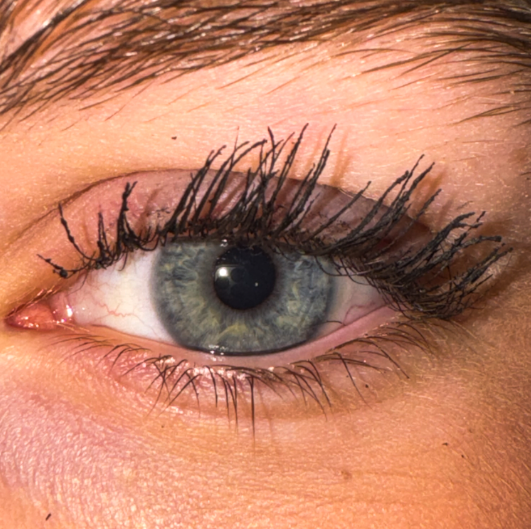
I merged a picture of my eye and my sisters to create it into one image.
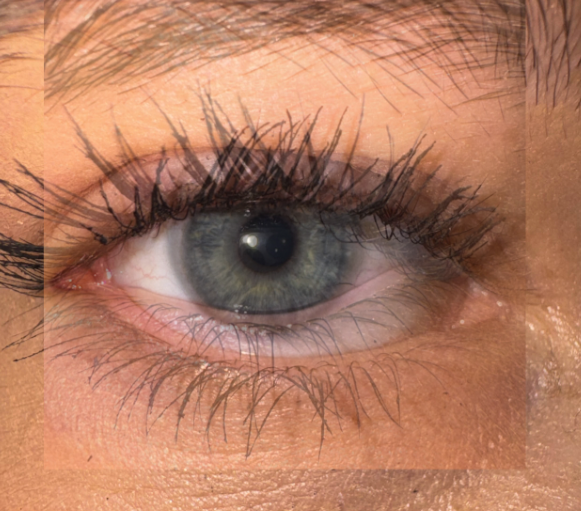
1. Write a book specification and describe in detail what your book will be about in terms of narrative, concept and design with reference to the same elements of bookmaking as above.
Narrative:
Overall, my story is based around childhood memories through a nostalgic sense/ emotion.
Design
I want my book to be a hardcover:

1) because it will be a strong book that will last longer
2) Hardcovers have a nicer feel to them, and the heaviness of Kawauchi’s adds to the story
The paper I want to use is glossy, because a majority of my images have a composition with light in them. With golssy paper, I think the colours, vibrancy and light will be stronger and more impactful than matt. The shape of the book will be landscape, either 8×11 or 11×14 (inches). I am going to choose a to have end papers to protect the first and last pages, and also give the book a ‘start’ and ‘finish’. If it is possible, I would like to use signatures, like ‘ILLUMINANCE’ due to the fact i don’t want a slope in the pages.
Unlike kawauchi, I want an inconsistent layout of photos. I am using portrait and landscape, and might layer one on another to lead the story. However, I do not want to create a messy or over complicated layout, so I will make sure to design it carefully.
I may add in some handwirtten text about my images, with writing such as why a place is nostalgic to me, or what the memories hold from my childhood.
Treasures of the past
In case I forget
Golden Days
Remember When
Walking in my footsteps
Walking in the footsteps of dreams
Dreamy Bliss
Hidden corners of childhood
Echoes of innocence: Tracing Dreams through childhood footsteps
Dreamy memories
Chasing dreams
Chasing memories
Echoes of Time
Reminiscing in frames






